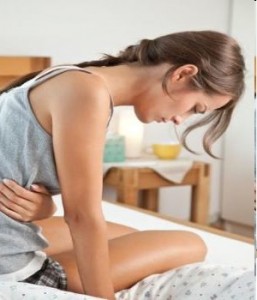
Annually on 8 March, thousands of events are held throughout the world to inspire women and celebrate achievements. A global web of rich and diverse local activity connects women from all around the world ranging from political rallies, business conferences, government activities and networking events through to local women’s craft markets, theatric performances, fashion parades and more.
Many global corporations have also started to more actively support IWD by running their own internal events and through supporting external ones. For example, on 8 March search engine and media giant Google some years even changes its logo on its global search pages. Year on year IWD is certainly increasing in status. The United States even designates the whole month of March as ‘Women’s History Month’.
So make a difference, think globally and act locally !! Make everyday International Women’s Day. Do your bit to ensure that the future for girls is bright, equal, safe and rewarding. — About International Women’s Day 2013
Since the early 1900s International Women’s Day has been an active component in addressing inequality and giving voice to needed changes concerning the rights of women world wide.
1908 – 15,000 women marched through New York City demanding shorter hours, better pay and voting rights.
1909 – The first National Woman’s Day (NWD) was observed across the United States on February 28 – a tradition which continued until 1913.
1910 – Clara Zetkin proposed, at the second International Conference of Working Women held in Copenhagen, that on the same day every year women world wide should celebrate a Women’s Day. Her proposal was met with unanimous approval. The day became International Woman’s Day.
1911 – International Women’s Day was first honored on March 19 in Austria, German, Denmark and Switzerland. Rallies were held for women’s right to work, to vote, to receive education, to hold public office and to end discrimination. A few days later, a horrific fire in New York City, which killed more than 140 working women, called attention to working conditions and labor legislation.
1913-1914 – International Women’s Day moved to March 8, 1913 and in 1914, women campaigned against World War 1.
1917 – On March 8 (on the Gregorian calendar, February 23 on the Julian calendar in use in Russia at the time) Russian women began a strike for “bread and peace” to oppose the deaths of over 2 million Russian soldiers during the war. The result was the Czar stepped down and the provisional government granted women the right to vote.
1918 – 1999 – The UN has worked to coordinate international efforts for women’s rights and designated 1975 ‘International Women’s Year‘. Women’s organizations around the world observe IWD by holding events that honor women’s achievements and advancement while holding forth the continued need for vigilance and for action to ensure equality is gained and maintained for all women in all aspects.
2000 and beyond – International Women’s Day is official holiday in Afghanistan, Armenia, Azerbaijan, Belarus, Burkina Faso, Cambodia, China (for women only), Cuba, Georgia, Guinea-Bissau, Eritrea, Kazakhstan, Kyrgyzstan, Laos, Madagascar (for women only), Moldova, Mongolia, Montenegro, Nepal (for women only), Russia, Tajikistan, Turkmenistan, Uganda, Ukraine, Uzbekistan, Vietnam and Zambia. Men, and in come countries children as well, honor the women in their lives with small gifts or flowers.
Within my lifetime significant change is evident in attitude and thoughts about women’s equality and freedom. We’ve come a long way, but, we’ve not come far enough. Women are still not paid equal to that of their male counterparts, women are still under represented in business, politics, health and education. Violence against women is rampant. And, menstruation is still spoken of in hushed tones and with embarrassed glances.
In light of great strides made, International Women’s Day has moved from being a voice recalling the negatives, to a celebration of the positives. And, there are many!
Join me in celebrating women and the achievements and advancements each of us have made, as well the progress forward in women’s rights that we have seen in the world around us.
Find out more about the history of IWD, learn of events scheduled, check out themes around the world, pick up resources, or just browse the homepage.
Celebrate International Women’s Day – say “toodle-oo taboos,” embrace your emancipation and live period wise, appreciative of the benefits hard won by women who came before us.


 brains behind
brains behind